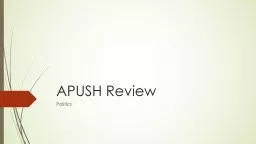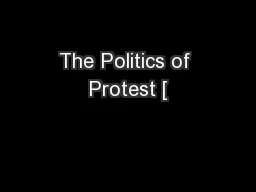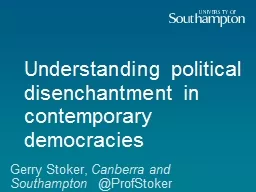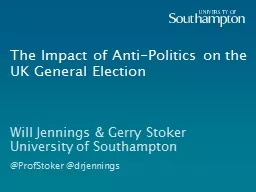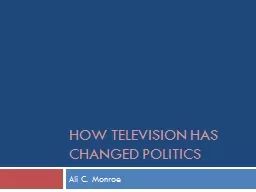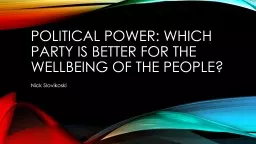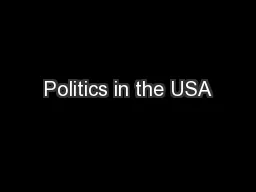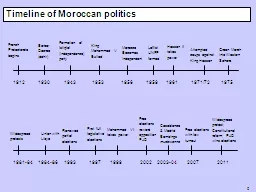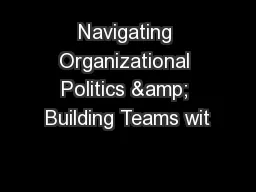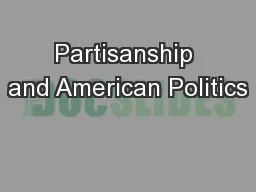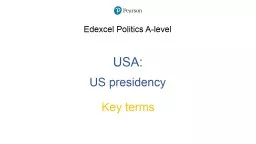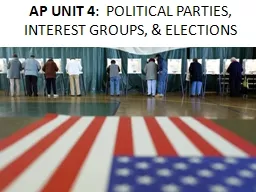PPT-APUSH Review Politics Political Party Systems
Author : eurolsin | Published Date : 2020-06-23
1 st Federalists and DemocraticRepublicans 17881816 Era of Good Feelings 18161836 2 nd Whigs and Democrats 18361856 3 rd Republicans and Democrats 18561896
Presentation Embed Code
Download Presentation
Download Presentation The PPT/PDF document "APUSH Review Politics Political Party Sy..." is the property of its rightful owner. Permission is granted to download and print the materials on this website for personal, non-commercial use only, and to display it on your personal computer provided you do not modify the materials and that you retain all copyright notices contained in the materials. By downloading content from our website, you accept the terms of this agreement.
APUSH Review Politics Political Party Systems: Transcript
Download Rules Of Document
"APUSH Review Politics Political Party Systems"The content belongs to its owner. You may download and print it for personal use, without modification, and keep all copyright notices. By downloading, you agree to these terms.
Related Documents

